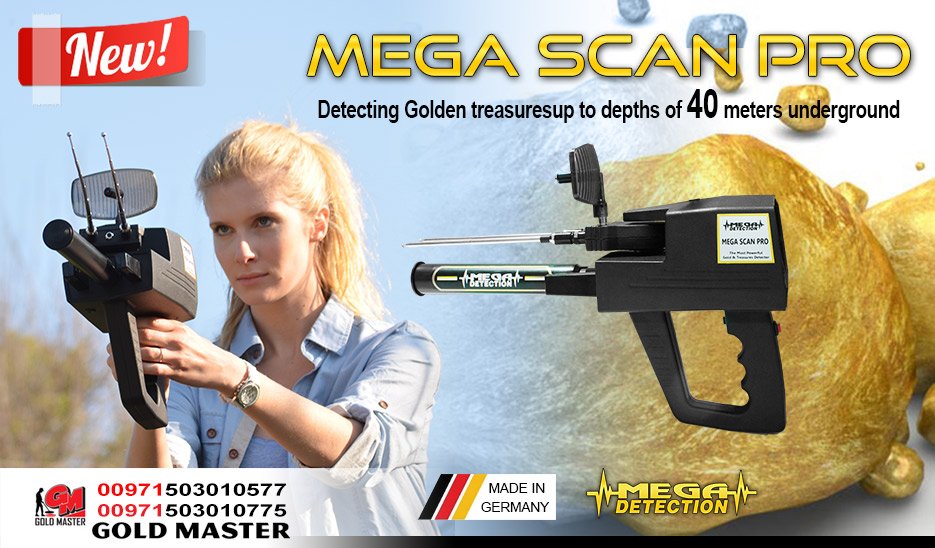
SCAN MASTER METAL DETECTOR MANUAL
Read through the manual and research online, if needed. We urge amateur metal detectors to do some research and obtain all pertinent clearances before starting a search on any private or city-owned property.īefore you go treasure hunting, be sure to understand the correct settings and capabilities of your metal detector. Penalties for violating these laws and restrictions can range from a stern warning to thousands of dollars in fines. If the private property you search can be claimed as protected land under an antiquities law, it’s illegal to remove any items from the site. The owner can add conditions to your use of his/her land, such as ownership rights or time limits. If you’re to search private property with your metal detector, the owner of the property must first give permission. The laws on public metal detecting vary from state to state, so be sure to consult your local government agency before searching for treasure on public property. Some states require hobbyists to register before searching public properties. In either case, the ground must be returned to its original condition. It may (or may not) be possible for you to keep what you discover. Some cities allow amateur metal detectors to search public properties such as fairgrounds, city parks, and beaches. However, as a hobbyist, it’s important to know the general rules and regulations that apply to metal detector use.

SCAN MASTER METAL DETECTOR LICENSE
You don’t need a special license to own a metal detector. However, a bad notching system could lead to missed findings. Notching is a lot like discrimination in that it allows the user to filter out some unwanted results. This feature gives you the ability to “tune out” interference from natural metals in the soil (like iron). If you’re looking for gold, you will probably want a higher-frequency detector. The frequency at which a metal detector operates reflects its ability to discriminate between wanted and unwanted metals. Some metal detectors will have both coils so they can do both jobs. However, smaller coils can help pinpoint objects. The challenge with small coils is that if you sweep too quickly, you could miss things. How big are the coils?Īrguably the most important thing about a metal detector’s coil size is the amount of ground you can cover. Users should never submerge the electronic parts of these devices. Others have waterproof coils but can’t be completely submerged. Some metal detectors are completely waterproof, some up to 10 feet. Bounty Hunter advertises that its TK4 can detect coins eight inches down the Time Ranger is advertised as having a nine-inch coin depth. Not all manufacturers provide this information. This is a measure of how deep underground the device can actually detect coin-sized pieces of metal. Here are some questions to ask yourself when evaluating different products: What is the metal detector’s coin depth? After all, a child searching for quarters on the beach has different needs than an adult treasure hunter in the field. The models on our shortlist offer various search parameters based on their intended audience. This allows the user to concentrate on more valuable metals that could be lurking underground, such as gold and silver. For example, the typical gold signal is noticeably different than the typical aluminum signal.Ī discriminator can be set to squelch signals from common “junk” metals, such as steel and aluminum.

A discriminator compares the signals sent by the receiver coil to the known signals of various metals. Many high-end metal detectors also contain a microprocessor-controlled analyzer known as a discriminator. A signal is sent to a loudspeaker, which issues a tone based on the characteristics and strength of the charged metal. This change in magnetic polarity is what the receiver coil actually detects. Metal objects send out a second magnetic current in reaction to the transmitter coil's energy.

This coil looks for any changes in the charged ground's magnetic field. Once the transmitter has “excited” any metallic objects in the ground, a smaller receiver coil takes over. In a sense, the outer transmitter coil creates a magnetic “glow” around metal objects.

Any metal object that receives this electromagnetic charge becomes “excited” at an atomic level. When the user activates the detector and begins a sweep, the electricity from the battery flows into the outer transmitter coil, creating a ground-penetrating electromagnetic field. A metal detector's circular base contains two wire coils: a larger transmitter coil and a smaller receiver coil.


 0 kommentar(er)
0 kommentar(er)
